QB Nguyen-Hoang makes a splash with his aquariums
QB Nguyen-Hoang in an aquarium amongst his fellow fishy friends.
The glistening freshwater casts a familiar light across the floor. QB Nguyen-Hoang examines the water’s effervescent dance along the glass, almost as if it’s been carefully choreographed by the life inhabiting it. Despite having kept fish for over a decade, he still becomes entranced by their delicate movements. A senior at CVHS, Nguyen-Hoang has dedicated his life to his favorite passion—fish.
“Growing up, I’ve always kind of been surrounded by water,” Nguyen-Hoang said.
There’s a koi pond in the middle of his home, put there by his father as a homage to the fish his grandmother kept in buckets and bins in Vietnam. Children’s books about sharks spot the shelves, a remnant of Nguyen-Hoang’s youthful obsession which never quite died out. This environment puts on display the perfect mix of heritage and childish interest which fostered his undying love of all things aquatic… save for “genetic abominations,” as Nguyen-Hoang puts it.
“That would be really hybridized fish that people really screw up the internal organs of for aesthetics,” Nguyen-Hoang said.
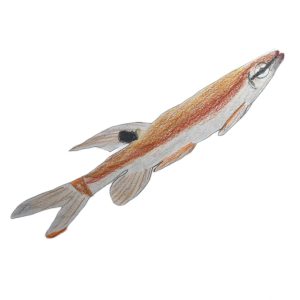
However, he asserts that he feels no hate for the fish themselves, only the people who would deform them in such a way. His love for fish knows no bounds. When asked what fish he would be, Nguyen-Hoang had to take a break to put his thoughts together, as he feels such an immense passion for so many fish that he found it difficult to settle on just one. After a long deliberation period, he answered, “mako shark.”
“It’s objectively the coolest shark out there. The fastest shark in the ocean. They’re apex predators. They spend most of their time just swimming around in the open ocean, hunting down swordfish and tuna, fast-moving prey. They’re just cool, and I’m really cool too,” Nguyen-Hoang explained.
Besides just liking fish, Nguyen-Hoang also spends an extensive amount of time on the fish’s upkeep, the majority of which is spent on perfecting their tanks. He’s a novice aquascaper—basically, an interior decorator for fish. He diligently designs and creates the perfect habitats for them.
“I [get to] grow plants and design layouts of different elements [of the tank], like rocks and wood, and of course there’s the fish,” said Nguyen-Hoang when asked about why he likes to aquascape.
Nguyen-Hoang starts by doing research on whatever fish he wishes to buy, which he postulated should be the first step when buying and caring for any animal. He makes sure he knows the tank size needed, the type of water they require, and the type of fish that they can cohabitate with. Next, he decides how he wants the tank to look, though he believes it’s important to remember that aesthetics aren’t nearly as important as the health and safety of the fish. Next, he buys the materials, assembles the tank and cycles the water. Finally, he buys the fish. He allows them to quarantine for a week, just to check for any diseases or bacteria, and then welcomes them to their new home.
It’s apparent through Nguyen-Hoang’s industrious habitat building process that he cares deeply for his fish. When asked whether or not the fish have enough emotional capacity to feel lonely when quarantined, Nguyen-Hoang had this to say:
“It depends on the species. I know some form pairs; they hang out together. There are different schooling species that do get stressed when they’re not with enough of their own kind. So yeah, fish do have feelings.”
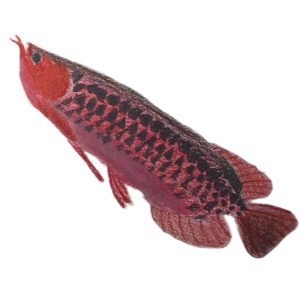
It takes a village to complete any craft, and aquascaping is no exception. Creating these immaculate tanks requires a diverse array of parts and knowledge. The information comes easy to Nguyen-Hoang, a self-proclaimed expert. However, the materials and aquatic life is where it becomes difficult. Sourcing them can be a pain, but luckily, he knows a guy. He has a shrimp guy down the street and a tank guy at his favorite store. Sometimes, he even has an information guy in his favorite Facebook Group, the Greater Houston Aquarium Club.
“Having a community of like-minded people who also keep fishes just makes it a lot more fun,” Nguyen-Hoang said.
However, creating the tank isn’t the only part of fish-keeping that takes community. Nguyen-Hoang has also used his skills to improve the community on-campus as his tanks can be found in the school.
“I’m Ms. Rodriguez’s TA, and there is a lot of empty space in the labs. I asked Ms. Rodriguez if I could put a tank there and I said I would be the one to take care of it, so she said okay,” Nguyen-Hoang chronicled.
Now, thanks to Nguyen-Hoang, CVHS juniors and sophomores can enjoy some fishy friends as a reprieve from their industrious science work. Ms. Rodriguez’s tanks are one of the three aquascaping commissions he’s ever done, but he’s interested in doing more. In order to inquire about commissioning Nguyen-Hoang, one can either ask him in person or send a message to his number or his Instagram (@qbs_fish).
Nguyen-Hoang’s fish-stagram is worth checking out whether one intends to commission him or not, though. On it, you can find a careful catalog of some of Nguyen-Hoang’s best tanks and most interesting fish.
“I wanted to share all my fish stuff, but it wouldn’t really fit with my main Instagram. So I just made a different one… It’d be cool to start growing it but mostly it’s to show friends all the cool fish I have,” Nguyen-Hoang said.
Out of all of the 40+ fish Nguyen-Hoang has had, he believes that the most interesting ones are the Long Fin Madagascar Rainbow Fish he is currently breeding. This is because these fish are a rare form of the species that are currently endangered in the wild.
“I really want to start getting into breeding a lot of endangered fish species… so there’ll be more of them bred instead of having people collect them in the wild where there’s high pressure on their small populations,” Nguyen-Hoang said.
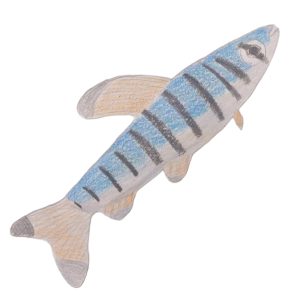
Nguyen-Hoang has also taken an imaginative side to fish that has little to do with conservation. This is demonstrated by his vision of the “QB dweller” (a fish he would discover and name after himself) would look like. He began by saying that it would be a smaller fish with a prominent dorsal fin and short fins because he does not care for long, flowy ones. He also made abundantly clear that it would have a blank “mindless fish” stare and that vertical stripes are a must. It would dwell at one of the deepest parts of the ocean, because he noted that tons of different new species are being discovered there each week.
“There are some fish that croak… but most fish are silent,” Nguyen-Hoang said when asked what sound the QB Dweller would make.
After being asked to perform the noise of the QB dweller, he said, “…”
Your donation will support the student journalists of Carnegie Vanguard High School. Your contribution will allow us to cover our annual website hosting costs and fund field trips, competition fees, and equipment. We appreciate your support!

Current senior Nicki is a writer for the Upstream who also manages the site. She loves Micheal Cera and has never not cried while watching Mamma Mia! and...
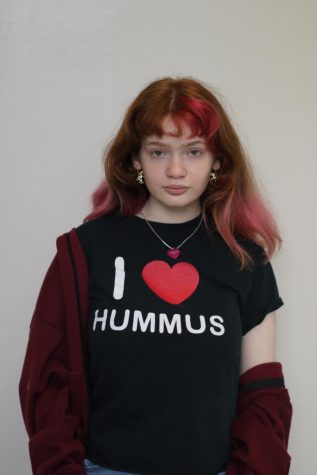
Danielle is a senior, as well as an activist for queer and feminist rights, which often makes its way into her writing. She is a family and friendship-oriented...


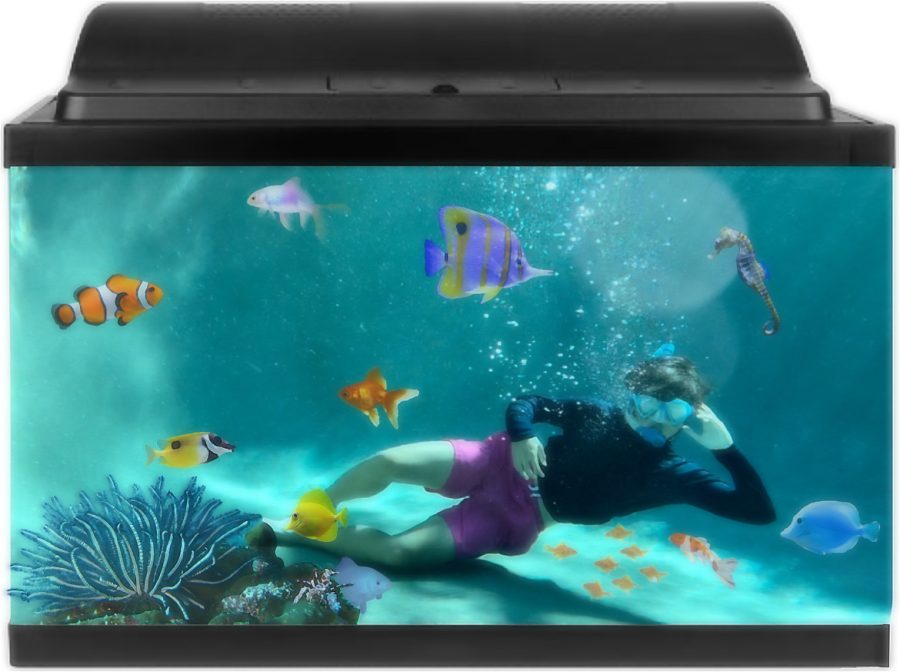
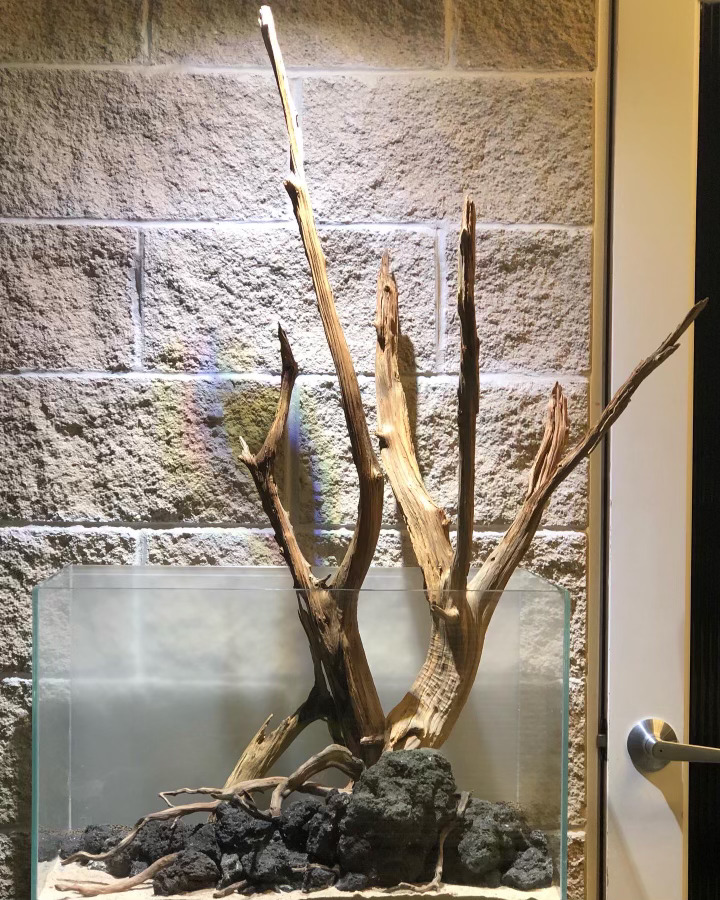
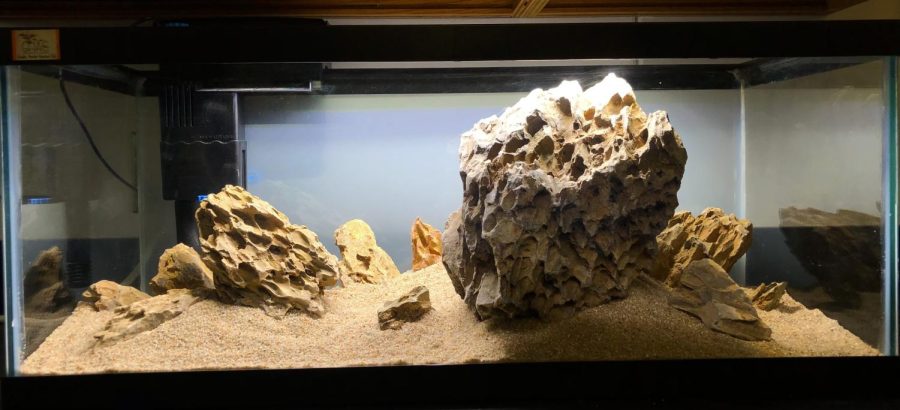

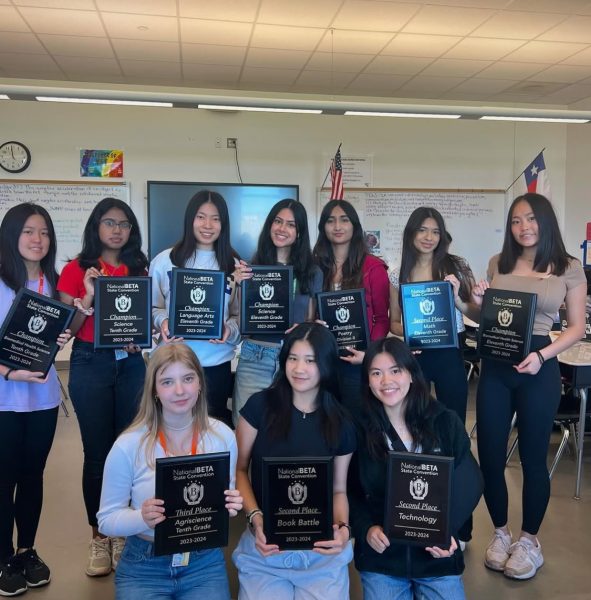



Jingyuan Fan • Oct 21, 2022 at 10:47 am
I love the different facets of QB’s personality shown in this story, especially what his ideal fish would look like! Cool to see the reasons behind every choice.